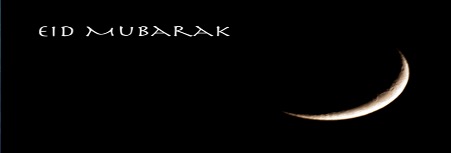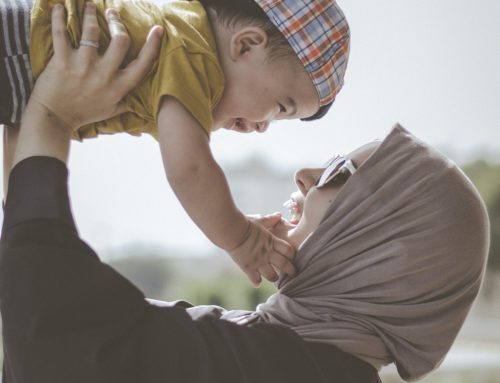As we approach the festive season, one of our Touchstone staff members, Shuria, takes a moment to shed light on the significance of Eid ul-Adha, which is an important religious observance for Muslims worldwide.
Eid ul-Adha, translated as the “Festival of Sacrifice,” is celebrated on the 10th day of Dhul Hijjah, the twelfth and final month of the Islamic lunar calendar. It follows the completion of the annual Holy Pilgrimage of Hajj – which is an obligation for all Muslim’s who fit specific criteria and is one of the five pillars of Islam. This year Eid ul Adha is on Wednesday 28th June. It lasts 3 days, thus finishing on Friday 30th June this year, and is a public holiday in Muslim countries.
This auspicious occasion commemorates the willingness of Prophet Ibrahim (Abraham) to sacrifice his son as an act of obedience and love to God (‘Allah’ in Arabic). According to Islam, just as Ibrahim was about to carry out the sacrifice, God replaced his son with a ram, symbolizing the importance of faith and submission.
The festival holds great spiritual and communal significance for Muslims across the world. It serves as a reminder of the values of sacrifice, devotion, and submission to God’s will. During this time, Muslims engage in various activities to celebrate and honour the occasion. Below is an overview of some common traditions and practices associated with Eid ul-Adha:
- Congregational Prayers: Muslims start their day by gathering in large congregations for special Eid prayers. These prayers are held at mosques, open fields, or designated prayer grounds.
- Prophet Ibrahim’s (Abraham) sacrifice (‘Qurban’ in Arabic): Eid ul-Adha symbolizes Ibrahim’s willingness to sacrifice his son ‘Ishmael’ and demonstrates a Muslim’s willingness to give up something valuable to follow God’s commandments. As part of this ‘Qurbani’ meat is typically divided into three parts: one for the family, one for relatives and friends, and one for the less fortunate.
- Feasting and Hospitality: Families and friends come together to enjoy a festive meal, as it is a time of celebration and sharing. Muslims also extend hospitality to guests and ensure that those in need are included in the festivities.
- Giving to People in Need: Eid ul-Adha encourages Muslims to express compassion and generosity by giving to people who are less fortunate than them. Many Muslims donate money, food, and other resources to charitable organizations or directly to those in need, ensuring that everyone can partake in the joy of Eid.
- Family and Community Bonding: Eid ul-Adha is a time for families and communities to strengthen their bonds. People visit one another, exchange greetings and gifts, and engage in acts of kindness and charity. It is a period of unity and togetherness, fostering a sense of belonging and harmony.
It is important to note that the specific customs and traditions associated with Eid ul-Adha may vary among different cultures and regions. However, the core of the festival remains consistent, focusing on faith, gratitude, and compassion. As we enter this joyous period, I wanted to provide you with a deeper understanding of Eid ul-Adha, its origins, and its significance.
May this festival bring happiness, peace, and blessings to you and your loved ones.
Eid Mubarak!

Here are some useful links:
What is Eid-ul-Adha and when is it? – BBC Bitesize
Importance of Hajj to Muslims | Why is Hajj So Important? |Pilgrim (thepilgrim.co)





